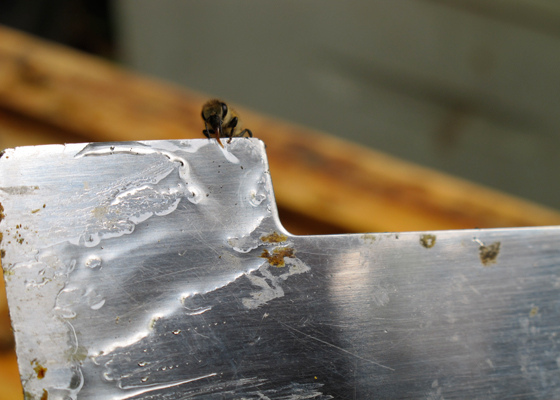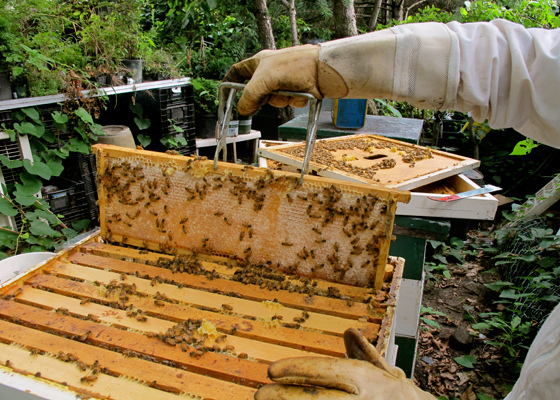
The Importance of Bees: Beekeeping at Narrows Botanical Gardens
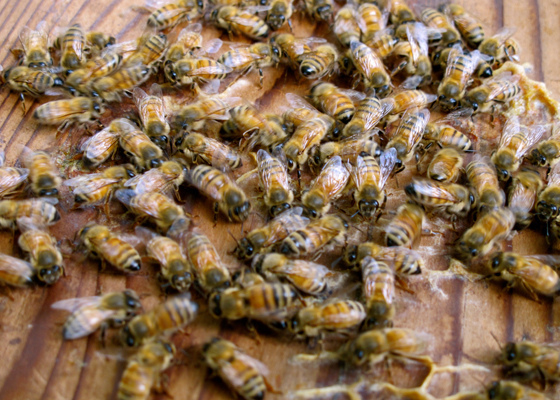
I walked down the street in the summer heat, wearing long sleeves, pants, sneakers and socks and mumbled the mantra “you can do this.” I received a call from the man I was about to meet. He asked me a peculiar question.
“You didn’t eat a banana today, did you?” said Jimmy Johnson, founder of Narrows Botanical Gardens and an avid beekeeper.
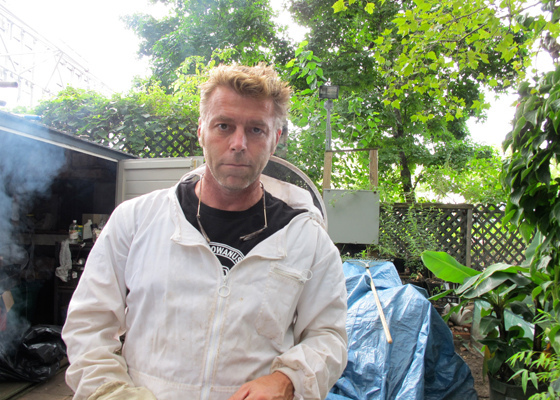
I was on my way to spend an afternoon as a beekeeper, and fortunately I had not eaten a banana that morning. Jimmy said when a colony of bees feels they are in danger, they release pheromones, chemicals that smell similar to a banana.
I had interviewed Maryam Henein, director of Vanishing of the Bees for “Heroines for the Planet” several months ago, and she inspired me to want to get to know bees better.
After meeting Jimmy earlier this summer and learning more about Narrows Botanical Gardens and its hives, it occurred to me that I might just be able to play beekeeper for a day. Jimmy afforded me the opportunity.
“Remember, Lindsay, the calmer you are, the calmer they’ll be,” Jimmy said as we each zipped up our white, one-piece suits.
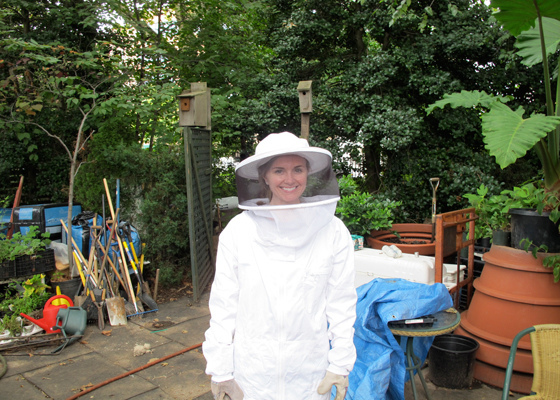
Jimmy and I used recycled paper to light a smoker, which would “smoke out” the bees. Jimmy explained how smoke calms the bees, allowing us to open up the beehives and get to work.
And I thought I’d be the one that would need to be calmed down.
The verdant grounds teeming with life around us were very settling. We were tucked away in an area of the botanical gardens reserved for the hives, a chicken coop and a turtle sanctuary. I felt lost in nature in Brooklyn.
Once the smoker stayed lit, Jimmy handed me a pair of heavy-duty gloves and asked that I take off any rings. “If you get stung on your finger,” he explained, “your finger will swell up and we’d have to cut off your ring.”
Jimmy and I helped each other zip up the masks around our faces, and with our rings now off, we headed toward the four hives. Johnson reminded me not to make any sudden movements or loud sounds, as it would agitate the bees.
Jimmy smoked out the first hive, and, using a hive tool, we pried the box open. This was tricky, since the sticky honey had glued the parts together.
The bees were tranquil, moving about as though they weren’t even aware of our presence. They looked beautiful clustered together, and the noise of their buzzing was soothing.
Transfixed on the hundreds of bees in front of us, I immediately understood why beekeeping has become popular.
Bees are tasked with performing one of the most critical naturally occurring acts our food system relies on; one in every three bites of food a human takes comes from sources once pollinated by bees. But bees are also peaceful and complex little creatures, despite their reputation as short-fused stingers.
The hives are separated by frames, which allow for easy maintenance. We used a frame puller to extract the frames from each of the four hives, so we could inspect them to ensure each is healthy.
Each frame held a densely packed matrix of beeswax, otherwise known as honeycomb. Johnson said the bees use beeswax to store food — honey and pollen — and to house the brood, or the eggs.
“Oooh, look at this one,” said Jimmy as he inspected a frame. “Look at all the brood on this one!”
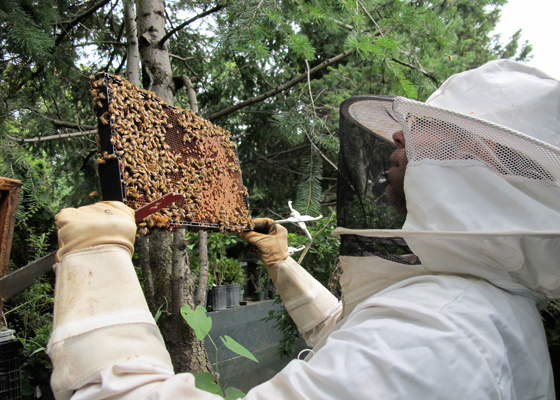
The ivory-colored bubbles on the slide indicated the bees are healthy and creating more bees. This is vital to the hive, since the average bee only lives 28 days.
I helped Jimmy scrape the beeswax off several frames. The wax would later be donated to Green Earth Gardens, which makes Brooklyn Bee Balm.
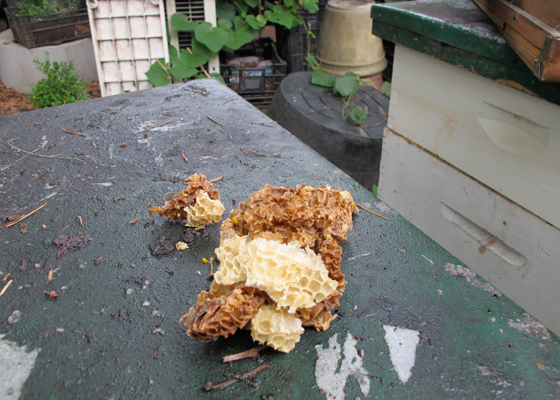
Once we were through inspecting one of the frames, Jimmy asked me to retrieve his bee brush so he could gently brush off the bees. On my way back to the hive he said, “Come back here, but don’t startle the bees.”
Jimmy held up his glove-covered hand. “A bee just stung my glove. The stinger is releasing the poison into my glove right now.”
I asked if it’s true that they die right after they sting. “He’s a goner now,” said Jimmy.
Cooling off on my walk home, after several hot hours in the suit, it occurred to me that a bee’s short existence could hold a life lesson.
Bees work hard, live with purpose and peacefully co-exist.
All photos: Lindsay E. Brown
Story originally published at NewYorkView.net



